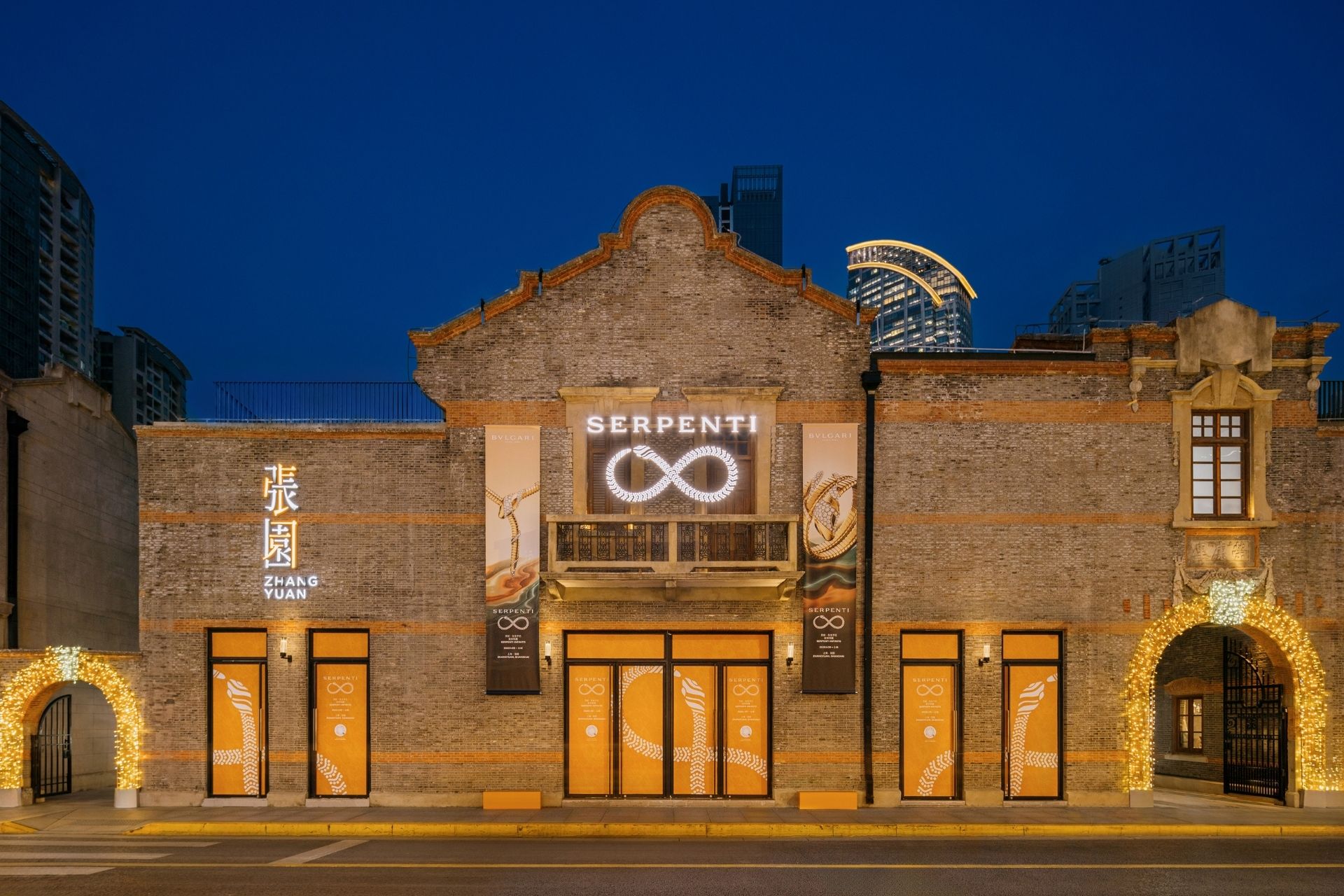More than just a means to ensure cryptocurrency transactions are properly tracked, this technology opens up new possibilities for luxury brands.

More than just a means to ensure cryptocurrency transactions are properly tracked, this technology opens up new possibilities for luxury brands.
Cryptocurrency has been a topic of contention for investors and governing bodies alike since the first of its kind, Bitcoin, was launched in 2008. While the origins of this decentralised form of digital currency remains shrouded in mystery, its founding is attributed to Satoshi Nakamoto (a said pseudonym that the technology was developed under). Increasingly scrutinised by governments and regulatory authorities, trading of cryptocurrencies is now banned in several countries, including China and South Korea. Tech giants like Google, Facebook and Twitter have all already banned the advertising of virtual currencies on their respective platforms.
Join Luxury Society to have more articles like this delivered directly to your inbox
As the spotlight on this highly volatile exchange medium intensifies, so does interest in the technology behind it. A type of digital currency that makes use of cryptography to secure transactions, cryptocurrency is transferred directly from peer-to-peer without intervention from financial institutions or authorities. In order to make this entire process secure, a digital ledger known as blockchain is used. The blockchain serves to record and secure all transactions in blocks that linked to each other in a chain – hence the name – and is designed such that it cannot be modified.
The usefulness of blockchain in an industry where a product’s provenance is of utmost importance can no longer be ignored. Several luxury brands have already picked up on this, and Forbes has listed it as one of the luxury trends in 2018 to watch out for. Beyond sustainability issues, such a technology can also potentially serve to track entire product life cycles, clamping down on counterfeiting issues.
Going Green
Many luxury brands are starting see the importance of adopting sustainable business practices. Besides being a socially responsible move, this also comes at a time where consumers are becoming increasingly conscious of where their luxury purchases are coming from. In fact, according to market research firm Mintel, 58 per cent of Chinese consumers surveyed indicated that they were willing to pay more for ethical brands and that it made them happy to do so.
Blockchain enables this process of sustainability to be more transparent to consumers. As a digital ledger, it is able to track the entire life cycle of each product – from sourcing to production. Big luxury brands like De Beers are already jumping on the bandwagon, having already announced its blockchain initiative that will span the diamond value chain. In doing so, the brand will be able to assure its consumers that all its registered diamonds are sustainably sourced.

Image: De Beers
“Diamonds hold enduring value and represent some of life’s most meaningful moments, so it’s essential to provide assurance that a diamond is conflict-free and natural. By leveraging blockchain technology, we will provide an additional layer of assurance to consumers and industry participants, with every diamond registered on the platform having a record as everlasting as the diamond itself,” explains CEO of De Beers Group Bruce Cleaver in a statement.
“We are very excited about this initiative and the benefits it could deliver across the diamond value chain, from producers through to retailers and consumers,” he adds.
Ensuring Authenticity
Another problem plaguing the luxury industry now is that of counterfeiting. In 2017, the global market in counterfeit goods was said to be valued at over US $460 billion. In the European Union alone, the clothing, footwear and accessories industry loses around €26.3 billion euros (about US $27.7 billion) of revenue annually from counterfeit goods. The situation is so severe that special anti-counterfeiting police units have been set up in some territories to deal with the issue. While authorities are coming down hard on perpetrators, loss in consumer confidence is something that is much harder to address – especially in the second-hand market or online marketplaces.

Image: Bloomberg
Created with the intention to reduce fraud, companies like Everledger have leveraged the blockchain technology as a solution to these woes. In the diamond industry, the blockchain will replace the paper certification process, allowing consumers to determine the provenance of any diamond. This is also being applied to the wine industry, with the company tracking bottles of wines based on hidden codes that are given to them by vintners so as to prevent counterfeiting and mishandling. Applications in the art trade are currently being explored.
Boosting Consumer Security
Beyond that, blockchain can also be used as a security measure of sorts for luxury products. With its tamper-proof ledger, all transactions made in relation to the product will be recorded in the blockchain that acts as the item’s “passport”. Besides recording its journey from production to store, it can also trace the item as it changes hands. This acts as another layer of security in the event of goods being stolen. Should an item be stolen, the owner can record this in the blockchain. So, if this stolen item should be resold, the new owner would be able to see this in the blockchain, and notify relevant authorities that the seller unlawfully acquired the said item. This is especially relevant in the second-hand market, or those dealing in vintage pieces. Firms like China-based VeChain are already providing such applications of blockchain.

Image: VeChain
Blockchain is by no means a new technology, but its myriad of applications outside of trading cryptocurrency are only just beginning to see light. With a non-editable and public ledger as its key selling point, blockchain can offer everything from increased consumer confidence to product transparency.
Interestingly, while all transactions on the blockchain are visible to the public, the owner of each blockchain is pseudonymous. This may open up new possibilities for consumers looking to keep ownership information confidential while securing their possessions. Given all its benefits, it will certainly be interesting to see how brands in the luxury industry can leverage this technology in the long run. We’re definitely keeping our eyes peeled.








